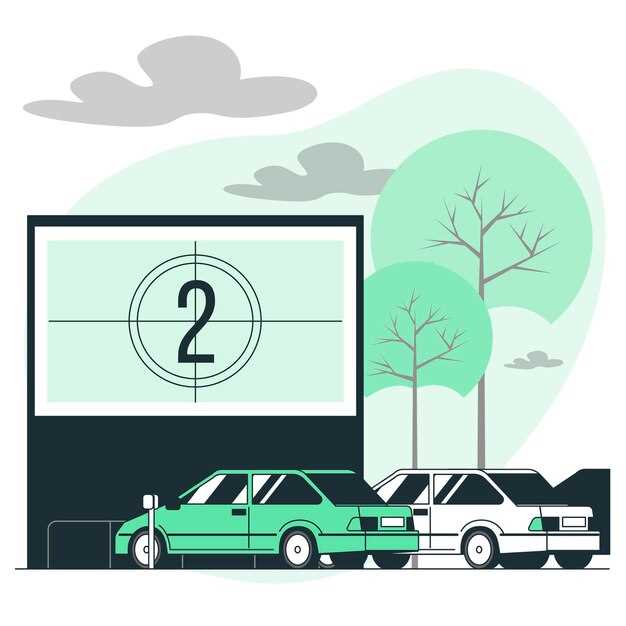
When it comes to preparing for a vehicle show, one often overlooked aspect is the transportation of your prized possession. Whether you’re showcasing a classic car, a modified truck, or a showcase motorcycle, understanding the best transportation options can make a significant difference in how your vehicle is received at the event. By giving adequate consideration to transport logistics, you can ensure that your vehicle arrives in pristine condition, ready to impress the judges and attendees alike.
Preparing your vehicle for transport involves more than just loading it onto a trailer; it requires a well-thought-out strategy. Factors such as distance to the show, the type of vehicle being transported, and the conditions you might encounter during the journey all play crucial roles in this process. In this article, we will explore various transportation options tailored to different needs, along with essential tips for prep and safe transit.
From open trailers to enclosed carriers, each mode of transport has its benefits and drawbacks, depending on the specifics of your show commitment. Understanding these options will empower you to make informed decisions that safeguard your vehicle’s integrity while maximizing your visibility at the show. Join us as we dive into the intricacies of vehicle transport and prep methods that will set you up for success on the big day.
Choosing the Right Transport Method for Your Vehicle

Selecting the appropriate transport method for your vehicle is crucial to ensure its safety and condition during transit. Before making a decision, consider several factors such as the type of car, distance, and budget. Different transport options may suit different needs.
For shorter distances, driving the vehicle yourself could be the most straightforward method. It allows you to maintain control over your car’s condition and route. However, for longer voyages or when the car is not drivable, professional transport services become essential.
When opting for professional transport, two primary methods are available: open and enclosed transport. Open transport is generally more affordable and suitable for standard vehicles. However, it exposes your car to the elements during transit. Enclosed transport, while more expensive, provides maximum protection for high-value or classic cars against weather conditions and road debris.
Another consideration is whether to use a transport company or transport the vehicle yourself. Hiring professionals can save time and stress, as they handle all logistics and prep involved in transportation. If you choose to transport the vehicle yourself, ensure you’re fully prepared with the necessary equipment and a solid plan to avoid complications on the road.
Before finalizing your decision, gather quotes from different providers and read customer reviews. This will help you evaluate reliability and service quality. Ensure you understand the insurance coverage offered by the transport company, as this will safeguard your vehicle throughout the journey.
Ultimately, the right transport method aligns with your specific requirements, providing peace of mind and ensuring your vehicle arrives safely at its destination.
Preparing Your Vehicle for Safe Transport

Before transporting your car to a show, proper preparation is essential to ensure its safety and integrity during transit. First and foremost, conduct a thorough inspection of your vehicle. Check for any existing damage, loose parts, or leaks that could worsen during transportation. Address these issues beforehand to avoid complications.
Next, clean your car inside and out. A clean vehicle allows for easier inspection upon arrival at the show and enhances its overall presentation. Remove any personal items, clutter, and non-essential accessories that could shift or damage the interior while in transit.
Securing your vehicle is crucial for safe transport. Depending on the method you choose–be it an enclosed trailer or open transport–ensure that your car is adequately fastened. Use high-quality straps or ropes to prevent it from moving during transit. If you are using a trailer, double-check that your vehicle is centered and balanced for optimal stability.
Another vital step is to check fluid levels, including oil, coolant, and brake fluid. Ensure everything is within optimal operating conditions and consider topping off fluids to minimize changes during the trip. It’s also wise to inflate tires to the recommended pressure, as this helps avoid blowouts due to changes in temperature or altitude during transport.
If your car has special features or modifications, such as lowered suspension or wide-body kits, take extra care to secure the vehicle and prevent any damage. In some cases, it might be advisable to use a more tailored transport option to accommodate these features safely.
Lastly, always assess the transport company’s reputation and experience. Choose a service with positive reviews and a proven track record in handling vehicle transportation, particularly for shows. By taking these steps to prepare your vehicle, you can help ensure a safe and successful journey to the show.
Best Practices for Managing Show Logistics and Timing
Efficient logistics are crucial for a successful vehicle show. Proper preparation ensures that everything runs smoothly from transport to setup. Start by creating a detailed plan outlining all aspects of the event, including timelines and responsibilities for each team member involved in the process.
When prepping for transport, assess the specific needs of each car. Consider their size, weight, and any special handling requirements. Utilize appropriate transportation methods, whether it involves open carriers or enclosed trailers, to ensure the vehicles arrive in pristine condition. Make sure to secure all vehicles properly to avoid any damage during transit.
Establish a clear timeline for loading and unloading. Coordinate with transport companies to schedule pickup and drop-off times that align with the show’s agenda. Factor in potential delays and allow for extra time to accommodate unforeseen circumstances, ensuring that all cars are present well before the event starts.
Communication is key when managing logistics. Keep all stakeholders updated on transport schedules and any changes that may arise. Use checklists to track progress and ensure that every detail is accounted for, from vehicle prep before departure to final setup at the show venue.
Finally, conduct a post-show debrief with your team to evaluate what went well and identify areas for improvement. This will enhance your planning for future events, helping to streamline logistics and timing even further.


